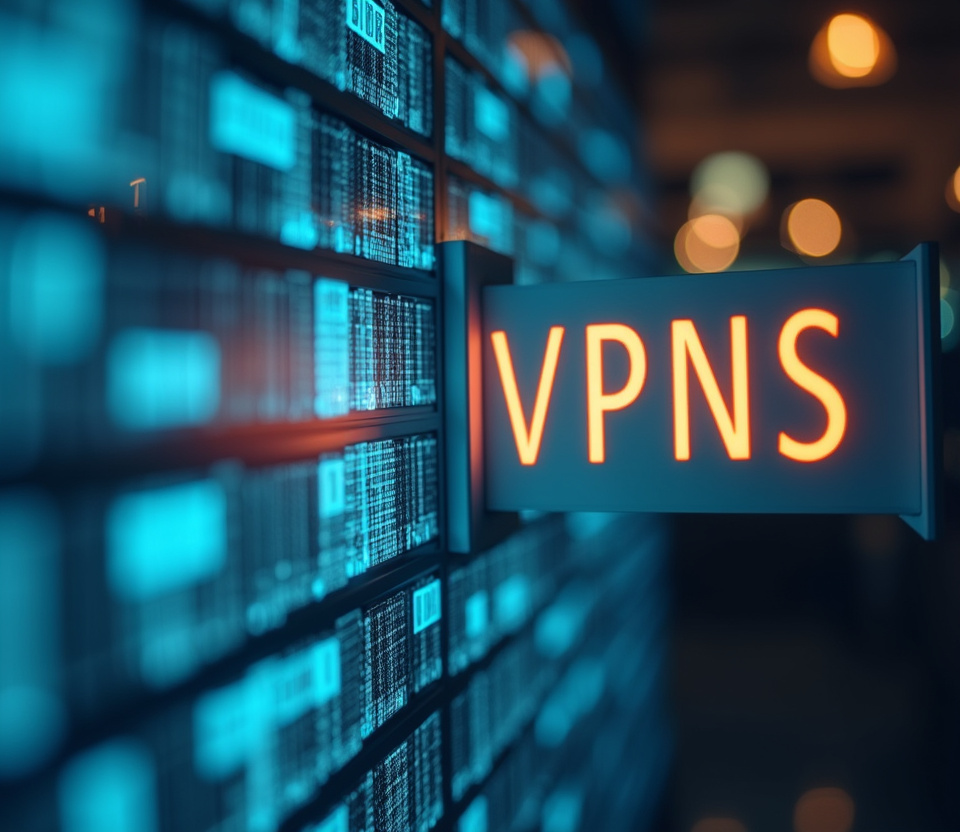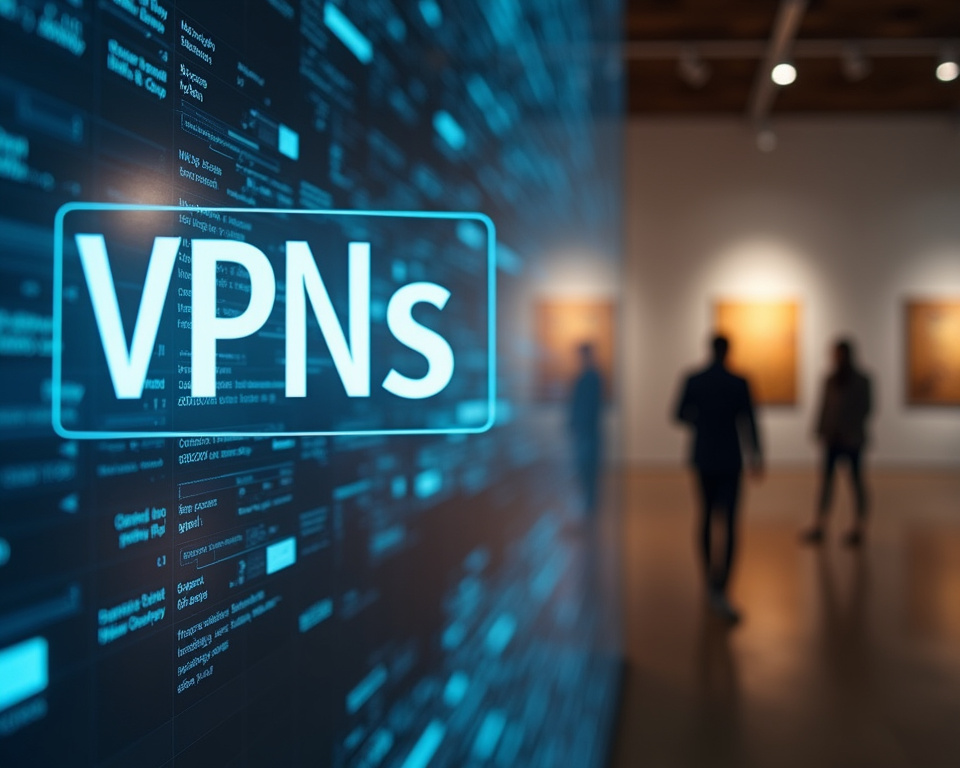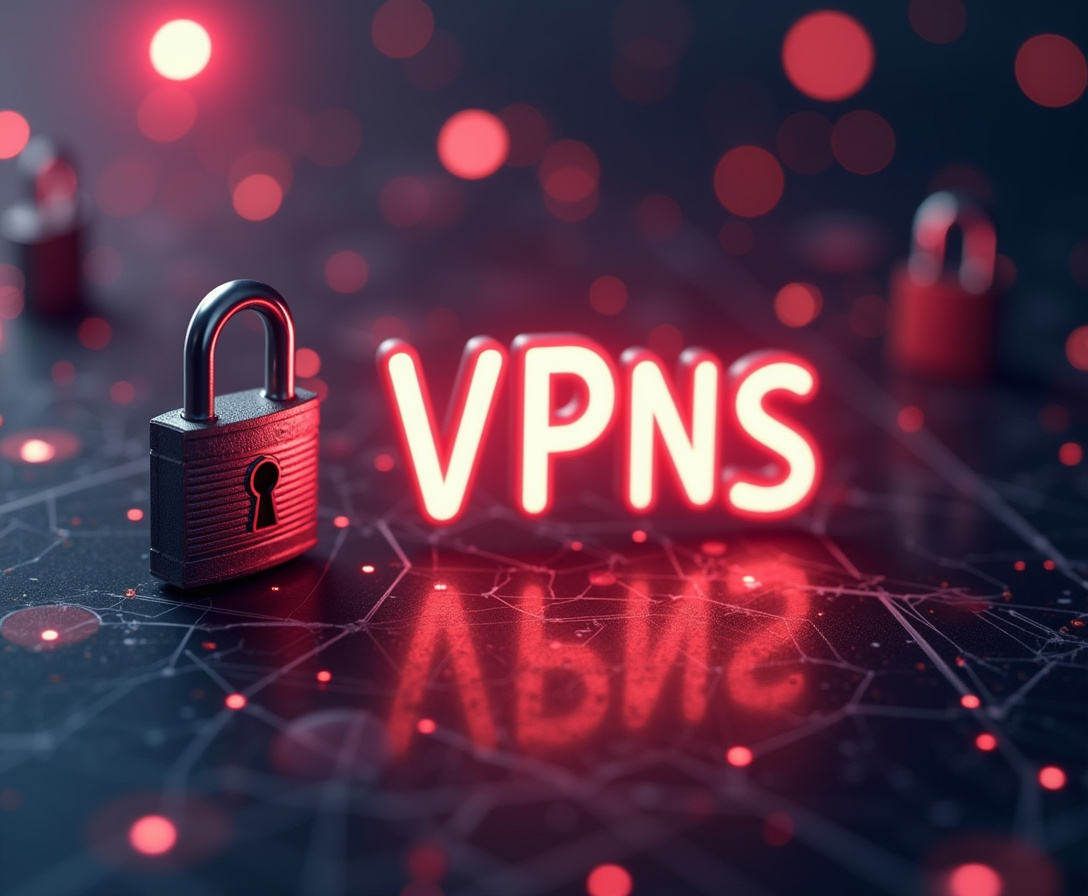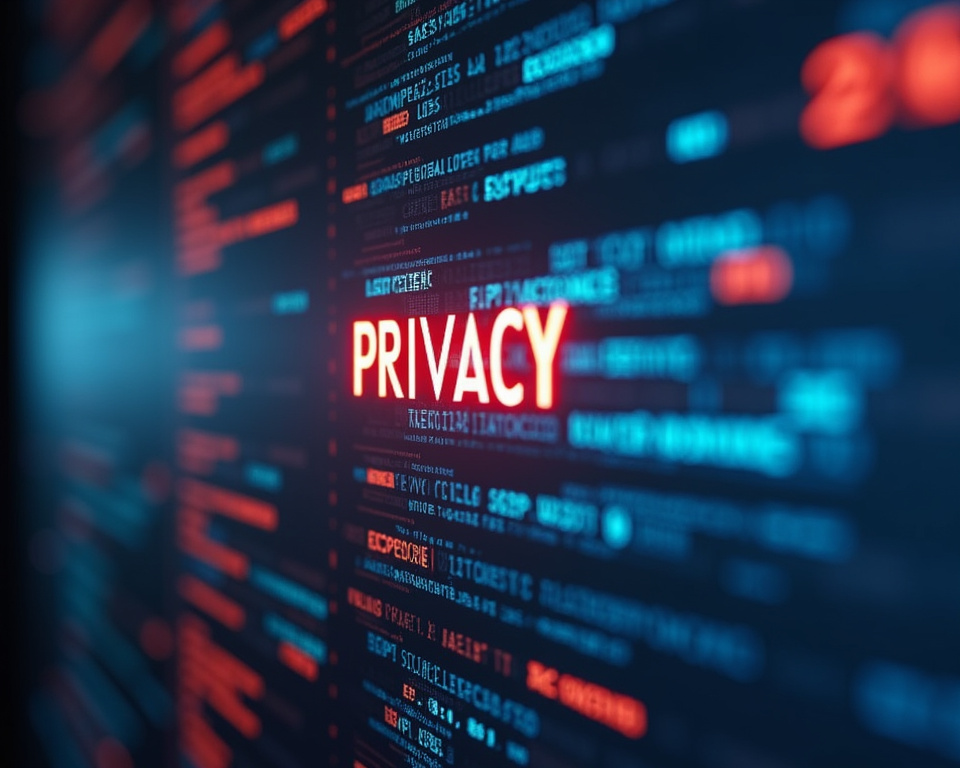VPNs for Public Libraries: Securing Digital Lending Platforms

Table of Contents
VPNs for Public Libraries: Securing Digital Lending Platforms
In an era defined by unprecedented digital connectivity, public libraries have undergone a remarkable evolution, transitioning from traditional brick-and-mortar institutions to vibrant digital hubs offering a wealth of online resources. This paradigm shift, while undeniably expanding access to information and fostering lifelong learning, has also introduced a series of significant security and privacy challenges that libraries must address proactively. This article delves into the critical role of Virtual Private Networks (VPNs) in safeguarding digital lending platforms within public libraries, ensuring both the security of valuable electronic resources and the privacy of library patrons.
We will explore how a 'library VPN' acts as a vital shield, protecting against cyber threats, data breaches, and the erosion of user anonymity in an increasingly surveilled digital landscape. The digital transformation of libraries has democratized access to knowledge, providing e-books, audiobooks, streaming media, research databases, and online learning tools to a broader audience than ever before. This is particularly impactful for individuals in remote or underserved communities who may lack access to physical library branches or traditional resources.
However, this expanded access comes with inherent risks. Digital lending platforms handle sensitive patron information, including borrowing history, contact details, and potentially financial data related to online transactions. A security breach could expose this data to malicious actors, leading to identity theft, financial fraud, and a loss of trust in the library as a safe and reliable resource.
Therefore, ensuring 'digital lending security' is paramount for maintaining the integrity and reputation of the library. Furthermore, libraries have a long-standing commitment to upholding 'patron privacy', a cornerstone of intellectual freedom and democratic values. Patrons should be able to explore diverse perspectives, access controversial materials, and engage in online research without fear of surveillance or censorship.
A 'library VPN' helps to create a secure and anonymous online environment, allowing patrons to exercise their right to privacy and explore their intellectual curiosity without reservation. This is particularly important in an age where concerns about government surveillance, corporate data collection, and the erosion of privacy are increasingly prevalent. Beyond protecting patrons, a 'VPN for libraries' also plays a crucial role in 'resource protection'.
Libraries invest considerable funds in acquiring and maintaining their digital collections, often licensing copyrighted materials from publishers and vendors. A VPN can help to restrict access to these resources to authorized patrons, preventing unauthorized access, copyright infringement, and the illegal distribution of digital content. This is essential for complying with licensing agreements, maintaining positive relationships with content providers, and ensuring the continued availability of digital resources for the community.
The implementation of a successful 'library VPN' strategy requires careful planning, resource allocation, and a commitment to ongoing maintenance and support. Libraries must select VPN solutions that meet their specific needs, taking into account factors such as the size of their patron base, the types of digital resources they offer, the technical expertise of their staff, and their budgetary constraints. They must also develop clear policies and procedures governing the use of the VPN, ensuring that patrons understand their rights and responsibilities and that the technology is used in a responsible and ethical manner.
By prioritizing security, privacy, and responsible digital stewardship, libraries can continue to serve as vital centers of knowledge, community engagement, and intellectual freedom in the digital age.
The architecture of a 'library VPN' typically involves several key components working in concert to provide secure and private access to digital resources. At its core, a VPN establishes an encrypted tunnel between the patron's device and the library's network or a designated VPN server. This tunnel effectively shields the data transmitted between the two points from eavesdropping or interception by malicious actors.
The encryption process scrambles the data, rendering it unreadable to anyone who does not possess the decryption key. This is particularly important when patrons are accessing library resources over public Wi-Fi networks, which are notoriously vulnerable to security breaches. A robust 'digital lending security' strategy incorporates strong encryption protocols, such as AES (Advanced Encryption Standard), to ensure that the data remains confidential and protected from unauthorized access.
AES is a symmetric encryption algorithm widely recognized for its strength and efficiency, making it a popular choice for securing sensitive data in various applications, including VPNs. Its implementation within a 'library VPN' ensures that borrowing history, personal information, and other confidential data transmitted over the network remain protected from unauthorized access. Another critical aspect of a 'VPN for libraries' is IP address masking.
When a patron connects to the VPN, their actual IP address is replaced with the IP address of the VPN server. This effectively hides the patron's true location and identity from websites and online services, making it more difficult for them to be tracked or profiled. This is essential for upholding 'patron privacy' and protecting individuals from potential surveillance or discrimination.
By masking the IP address, the VPN prevents websites and online services from collecting data about the patron's location, browsing habits, and other personal information. This helps to ensure that the patron can access library resources anonymously and without fear of being tracked. Furthermore, a 'library VPN' can be configured to route all internet traffic through the VPN tunnel, ensuring that all online activity is protected, not just access to library resources.
This provides an additional layer of security and privacy, particularly for patrons who are concerned about their online footprint. By routing all internet traffic through the VPN tunnel, the library can provide a comprehensive security solution that protects patrons from a wide range of online threats, including malware, phishing attacks, and other forms of cybercrime. The deployment of a 'library VPN' often involves the use of VPN client software, which is installed on the patron's device.
This software handles the establishment and maintenance of the VPN connection, making it easy for patrons to connect to the VPN with a single click. The VPN client software typically supports a variety of operating systems and devices, ensuring that patrons can access library resources securely regardless of the platform they are using. The ease of use of the VPN client software is crucial for ensuring that patrons can easily connect to the VPN and protect their online activity.
In addition to the VPN client software, the library must also configure a VPN server to handle incoming connections and manage user authentication. The VPN server is responsible for verifying the identity of patrons and granting them access to the library's digital resources. This can be done through a variety of authentication methods, such as username and password, or integration with the library's existing authentication system.
The VPN server also plays a key role in enforcing security policies and ensuring that patrons are using the VPN in accordance with the library's guidelines. 'Resource protection' is also enhanced through access control lists and other security measures implemented on the VPN server, restricting access to specific resources based on user roles or group memberships. This ensures that only authorized patrons can access sensitive or copyrighted materials.
Effective management and monitoring of the 'library VPN' infrastructure are crucial for maintaining its security and performance. Libraries should regularly monitor VPN server logs for suspicious activity and take prompt action to address any security incidents. They should also ensure that the VPN server software is kept up to date with the latest security patches to protect against known vulnerabilities.
This proactive approach to security is essential for mitigating the risk of cyber threats and ensuring the continued availability of digital resources for library patrons.
The choice of VPN tunneling protocol is a critical decision that significantly impacts the security, performance, and compatibility of a 'library VPN'. Several popular protocols are available, each with its own strengths and weaknesses. Understanding these differences is essential for selecting the right protocol to meet the specific needs of the library and its patrons.
One of the most widely used VPN protocols is OpenVPN, an open-source solution known for its strong security and flexibility. OpenVPN supports a variety of encryption algorithms and authentication methods, allowing libraries to customize the protocol to meet their specific security requirements. It can be configured to run over either TCP or UDP, providing flexibility in terms of performance and reliability.
The TCP protocol provides reliable data transmission but can be slower due to its connection-oriented nature. UDP, on the other hand, is faster but less reliable, as it does not guarantee data delivery. OpenVPN's flexibility makes it a popular choice for 'digital lending security' as it can be tailored to strike the optimal balance between security and performance.
Another popular VPN protocol is WireGuard, a relatively new protocol that has gained significant traction in recent years due to its speed, simplicity, and modern cryptography. WireGuard is designed to be more efficient than OpenVPN, offering better performance with lower overhead. It also uses state-of-the-art encryption algorithms, making it a highly secure option for 'VPN for libraries'.
Its streamlined codebase and ease of configuration make it an attractive option for libraries with limited technical resources. However, WireGuard is still a relatively new protocol, and its long-term stability and security are still being evaluated by the security community. IPsec (Internet Protocol Security) is another widely used VPN protocol that provides a secure tunnel between two networks or devices.
IPsec is often used in enterprise environments due to its strong security features and wide compatibility. It supports a variety of encryption and authentication methods and can be configured to work with different network topologies. However, IPsec can be complex to configure and manage, requiring specialized expertise.
It is also known to be more resource-intensive than other VPN protocols, potentially impacting performance. While offering robust 'resource protection', the complexity might be a barrier for some libraries. In addition to these popular protocols, there are other options available, such as L2TP/IPsec and PPTP.
L2TP/IPsec is a combination of L2TP (Layer 2 Tunneling Protocol) and IPsec, offering a balance between security and compatibility. However, it is generally considered to be less secure than OpenVPN or WireGuard. PPTP (Point-to-Point Tunneling Protocol) is an older protocol that is easy to configure but is considered to be highly insecure and should be avoided.
When selecting a VPN tunneling protocol, libraries should consider factors such as security, performance, compatibility, ease of configuration, and the level of technical expertise available. They should also conduct thorough testing to ensure that the chosen protocol meets their specific requirements. Furthermore, libraries should stay informed about the latest security vulnerabilities and best practices for each protocol to ensure that their 'library VPN' remains secure and up-to-date.
Upholding 'patron privacy' also involves transparency in explaining to users which protocols are used and why, building trust and ensuring informed consent. The decision should not only prioritize technical aspects but also align with the library's mission of providing secure and accessible information.
VPNs for Services: Enhancing Security and Privacy
Implementing a 'library VPN' effectively requires a well-defined strategy that addresses various considerations, from user authentication and access control to performance optimization and ongoing maintenance. A crucial first step is to establish a robust user authentication system to verify the identity of patrons accessing the VPN. This prevents unauthorized access to digital resources and protects against potential misuse.
Libraries can leverage existing authentication systems, such as their library card database or a single sign-on (SSO) solution, to streamline the authentication process. Multi-factor authentication (MFA) can add an extra layer of security, requiring users to provide multiple forms of identification, such as a password and a one-time code sent to their mobile device. This significantly reduces the risk of unauthorized access, even if a user's password is compromised.
Ensuring 'digital lending security' starts with verifying who is accessing the network. Access control is another critical aspect of 'resource protection'. Libraries should implement policies to restrict access to specific digital resources based on user roles or group memberships.
For example, access to research databases may be limited to library patrons with a valid library card, while access to internal administrative tools may be restricted to authorized library staff. Access control lists (ACLs) can be configured on the VPN server to enforce these policies, ensuring that only authorized users can access specific resources. Regularly reviewing and updating these ACLs is crucial to maintain security and prevent unauthorized access.
Furthermore, libraries should implement monitoring and logging mechanisms to track VPN usage and identify suspicious activity. VPN server logs can provide valuable insights into user behavior, such as login attempts, connection times, and accessed resources. These logs can be analyzed to detect anomalies, such as unusual login patterns or attempts to access restricted resources.
Security information and event management (SIEM) systems can automate this process, providing real-time alerts and reports on potential security incidents. Analyzing VPN usage also helps understand how 'patron privacy' is being affected and if any adjustments are needed to better protect user data. Performance optimization is essential for ensuring a positive user experience.
VPNs can introduce some performance overhead due to the encryption and tunneling processes. Libraries can mitigate this by selecting VPN protocols and encryption algorithms that are optimized for performance. They can also deploy VPN servers in geographically strategic locations to minimize latency and improve connection speeds.
Content Delivery Networks (CDNs) can also be used to cache frequently accessed digital resources, reducing the load on the VPN server and improving response times. Regularly monitoring VPN performance and making adjustments as needed is crucial for maintaining a smooth and responsive user experience. Ongoing maintenance and support are essential for ensuring the long-term security and reliability of the 'library VPN'.
Libraries should establish a schedule for regular security audits, software updates, and vulnerability assessments. They should also provide ongoing training and support to library staff to ensure that they are aware of the latest security threats and best practices. Furthermore, libraries should develop a comprehensive incident response plan to address potential security breaches or other emergencies.
This plan should outline the steps to be taken to contain the incident, mitigate the damage, and restore normal operations. Transparency with patrons regarding the VPN's impact on their data and how the library handles security breaches is also a key element of responsible implementation. By implementing these strategies, libraries can effectively deploy and manage a 'library VPN' that enhances 'digital lending security', protects 'patron privacy', and safeguards valuable digital resources.
The Future of VPNs and Subscription Services
The future of 'VPNs for libraries' is intertwined with the evolving landscape of digital technology, data privacy regulations, and the increasing sophistication of cyber threats. As libraries continue to expand their digital offerings and cater to the growing demands of online patrons, the role of VPNs will become even more critical in safeguarding their digital ecosystems. One key trend is the growing emphasis on data privacy regulations worldwide.
With regulations like GDPR (General Data Protection Regulation) in Europe and CCPA (California Consumer Privacy Act) in the United States, libraries are facing increasing pressure to protect the personal data of their patrons. A well-implemented 'library VPN' can play a crucial role in complying with these regulations by encrypting data transmissions, masking IP addresses, and providing patrons with greater control over their online privacy. As data privacy becomes a more prominent concern for individuals and governments, libraries will need to prioritize the implementation of robust VPN solutions to ensure compliance and maintain the trust of their patrons.
Another important trend is the increasing sophistication of cyber threats. Cybercriminals are constantly developing new and more sophisticated methods for attacking networks, stealing data, and disrupting online services. Libraries are not immune to these threats and must take proactive steps to protect themselves.
A 'VPN for libraries' can provide an essential layer of security by encrypting data transmissions and preventing attackers from intercepting sensitive information. However, it is crucial to keep the VPN software up to date with the latest security patches and to implement other security measures, such as intrusion detection systems and firewalls, to provide comprehensive protection. The rise of remote learning and remote work is also driving the need for more secure and reliable VPN solutions for libraries.
As more students and employees access library resources from home or other remote locations, the risk of security breaches increases. A 'library VPN' can provide a secure connection for remote users, ensuring that their data is protected and that they can access library resources without compromising security. Libraries may also need to consider implementing VPN solutions that support multi-factor authentication and other advanced security features to protect against unauthorized access.
Furthermore, the integration of VPNs with other security technologies, such as threat intelligence platforms and security information and event management (SIEM) systems, will become increasingly important. These integrations can provide libraries with a more comprehensive view of their security posture and enable them to detect and respond to threats more effectively. By leveraging threat intelligence data, libraries can proactively identify and block malicious traffic from accessing their networks.
SIEM systems can provide real-time monitoring and analysis of security events, enabling libraries to quickly detect and respond to security incidents. As technology evolves, 'library VPN' solutions will need to adapt to support new devices, operating systems, and network protocols. Libraries will need to ensure that their VPN solutions are compatible with the latest technologies and that they provide a seamless user experience for patrons.
This may involve working with VPN vendors to develop custom solutions or implementing open-source VPN software that can be customized to meet specific needs. Ultimately, the future of 'VPNs for libraries' depends on a commitment to ongoing innovation, collaboration, and education. Libraries must stay informed about the latest security threats and best practices, and they must work with VPN vendors and other technology providers to develop solutions that meet their evolving needs.
They must also educate their patrons about the importance of online security and privacy and provide them with the tools and resources they need to protect themselves. With a proactive and strategic approach, libraries can harness the power of VPNs to secure their digital lending platforms, protect 'patron privacy', and ensure that they can continue to serve as vital centers of knowledge and community engagement in the digital age, fostering a more secure and informed society by emphasizing 'resource protection' and responsible technology adoption.
Stay Updated
Get the latest VPN news, tips, and exclusive deals to your inbox.




